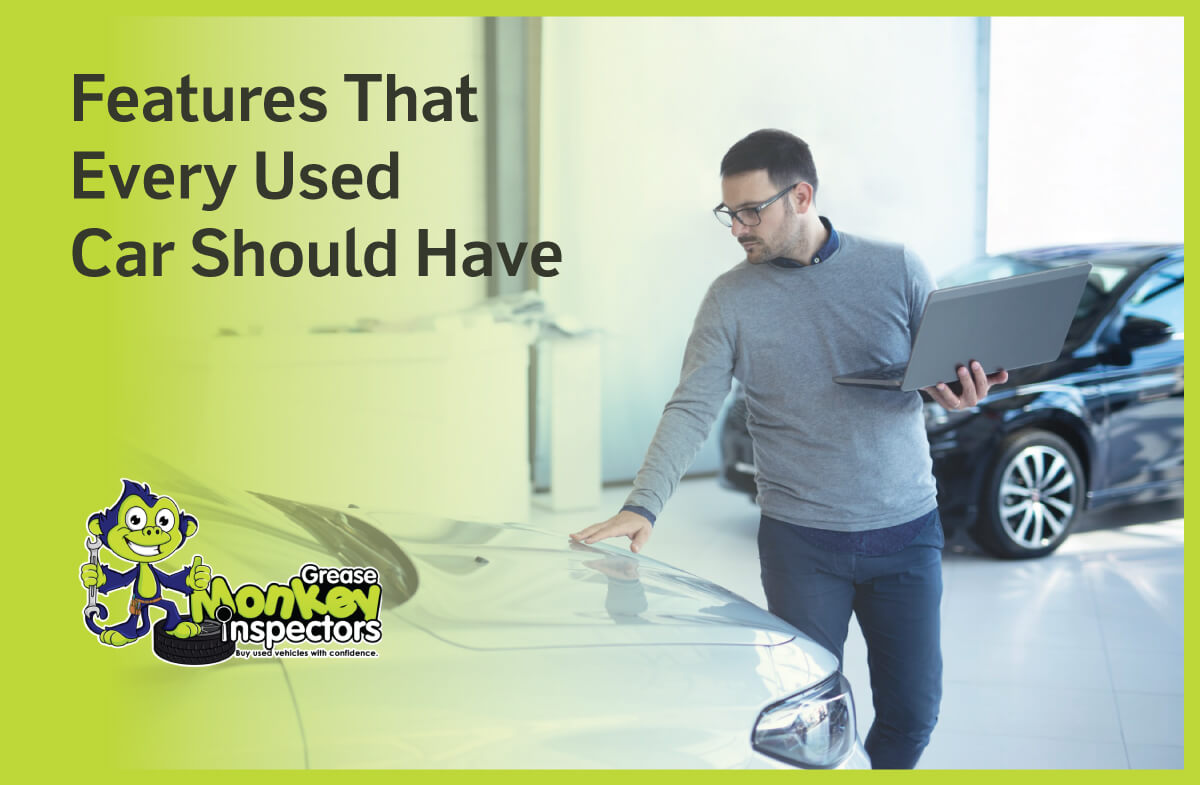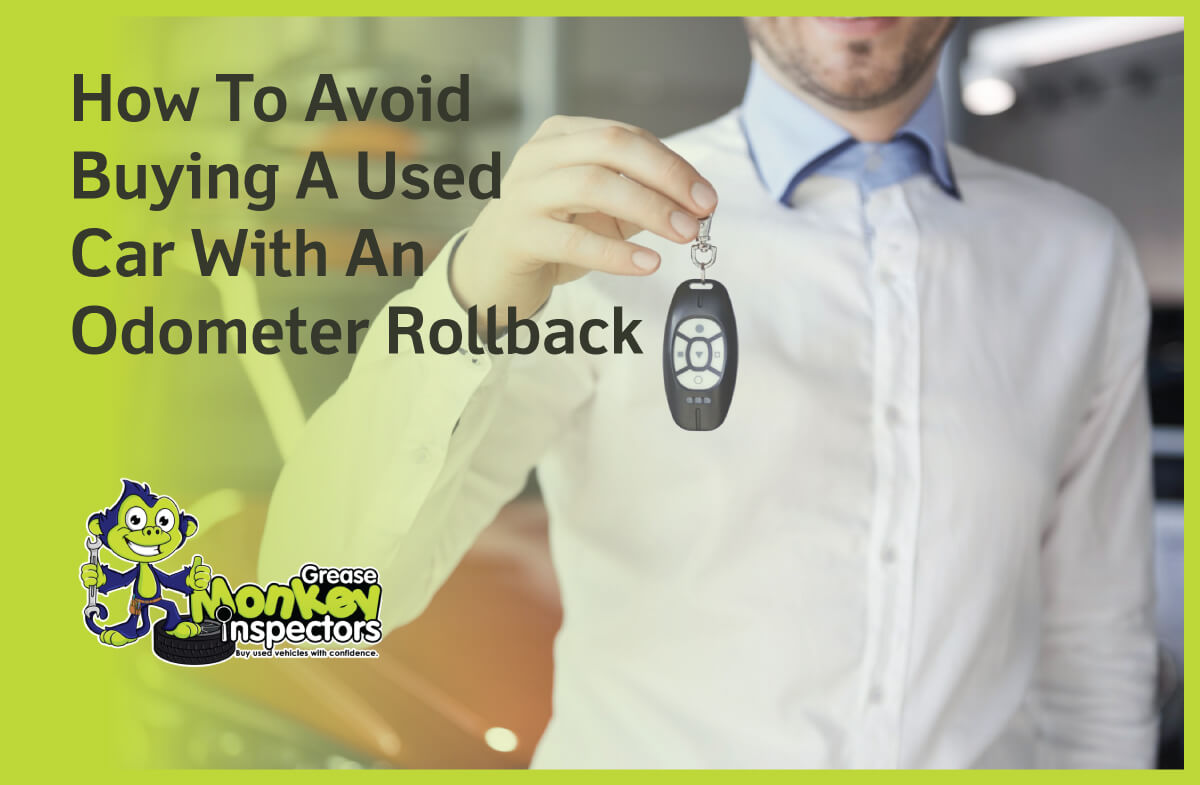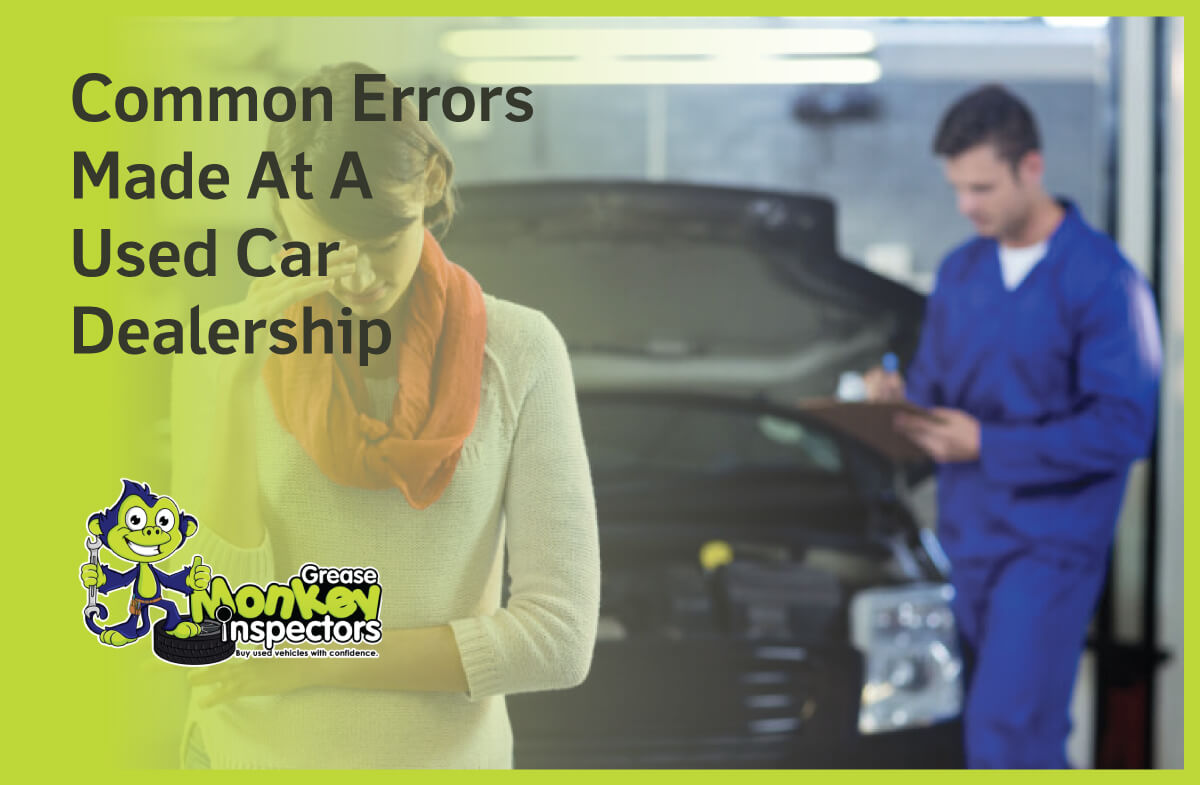In the modern era, cars have become an important part of our lives and we spend a significant amount of time with our four-wheeled companions.
When looking for a used car for sale, most people don’t realize the opportunity to get more value for their money.
There are countless features to look for when choosing a used car, but here are the most useful and important ones to have if you are looking to buy a used car.
Seats
This is the most basic and important feature to look for when buying a used car. Driving a car is no fun if the seats aren’t comfortable. That applies to both drivers and passengers. An uncomfortable driver is not safe to drive, but other occupants are also uncomfortable. Especially when traveling long distances. When buying a used car, it’s important to look for comfortable and supportive seats to ensure a smooth and comfortable ride.
Climate-controlled seats are becoming more common in vehicles as comfort becomes a priority for automakers. So, especially if you’re looking to sell a used car, it’s your chance to take advantage of this trend as luxury amenities move into the affordable price range. Heated seats will keep you warm. We hope you will like this feature. You may need one for every vehicle you drive.
Blind spot monitoring
Looking straight ahead and forgetting to check your side mirrors, especially in heavy traffic. This is where blind spot monitoring comes into play.
This feature has various names that refer to specific technologies, but the principle is the same for all car manufacturers.
Warn you of cars in your blind spot. This feature typically displays a warning on the display screen or visually in the side mirrors. If someone is in your blind spot while using your turn signals, an alarm will sound to let you know that you cannot safely change lanes. If the vehicle has only one driver assistant he should put this at the top of the list. Cars are generally harder to find these days, so a glance over your shoulder isn’t enough.
Apple Car Play and Android Auto
Apple Car Play and Android Audio are smartphone mirroring systems that allow you to effectively use your smartphone hands-free, make calls, and listen to music in the car.
Regardless of your car’s infotainment system, with Apple CarPlay and Android Auto, you can rest assured that your car’s dashboard screen will look familiar and easy to use. There is an option to put the smartphone interface on top of the touchscreen. This means you can access your smartphone’s navigation, apps, and streaming audio.
These applications are a great option if you don’t like the native infotainment options offered in your vehicle. Most are user-friendly and fast, but some feel hard to use or outdated and clunky, so having this as a fall-back option can be very useful.
Keyless Entry
This feature is being installed in more and more cars these days. Keyless entry is a technology that allows you to open the car door without touching the key.
In addition to allowing the driver to lock and unlock all doors simultaneously, central locking also serves to keep the vehicle safe. Most central locking systems are equipped with a siren that sounds if the vehicle is forced into the vehicle, thus acting as an anti-theft device. In addition, the vehicle can be locked and unlocked by remote control, which improves convenience.
IRVM and ORVM
Double sided ORVM or exterior mirrors are very important and should be standard equipment on all cars.This is very important for improved visibility and safer driving. An electrically tunable ORVMS makes it much easier. This feature not only allows the driver to easily adjust the rearview mirror, but is also a much-needed feature when multiple drivers are using the same vehicle.
If you tend to drive a lot during the day or at night, you are most likely exposed to the intense glare from your vehicle’s rear headlights. Day/Night IRVMS significantly reduces this glare, making night driving comfortable and less stressful.
Conclusion
Finally, focusing on specific characteristics when buying a used automobile can significantly improve your driving experience while also providing more safety and convenience on the road. From advanced safety technologies to comfort facilities, making sure your future vehicle has these crucial characteristics can make a huge difference in your ownership satisfaction.
Are you ready to find a used car that meets all of your needs? Explore our shop to find a broad selection of packages. Don’t settle for anything less than the best when it comes to your future vehicle.



